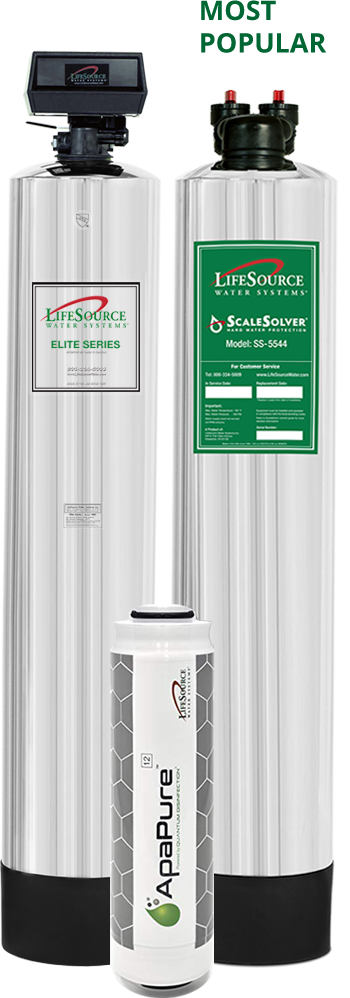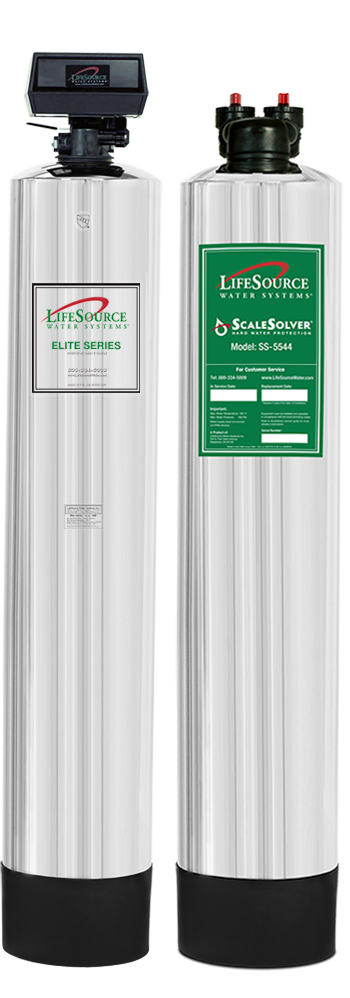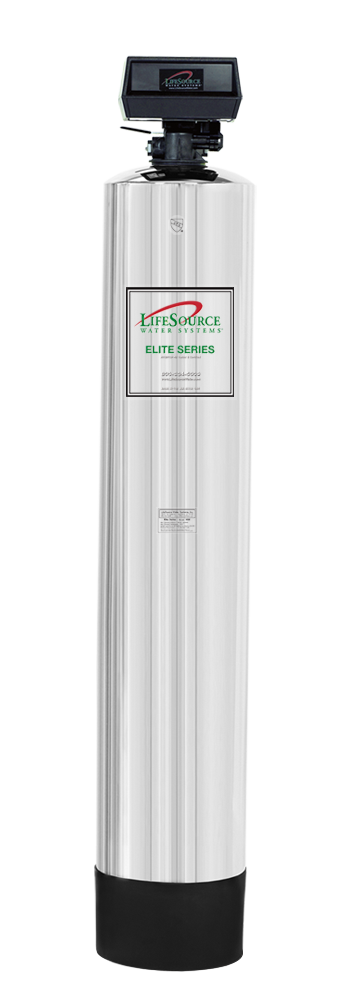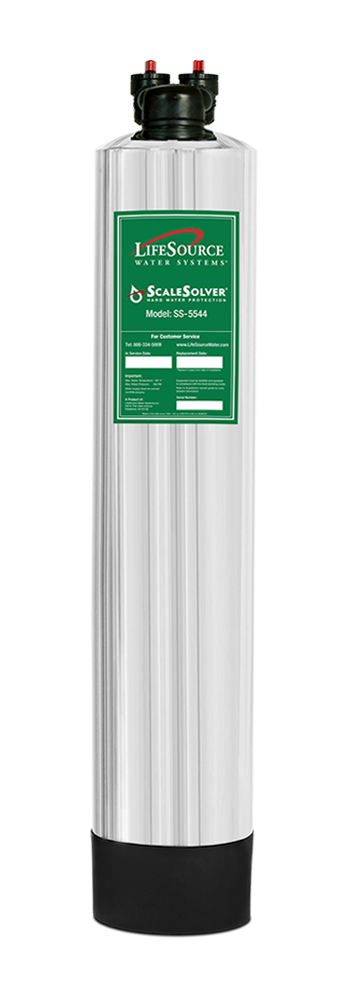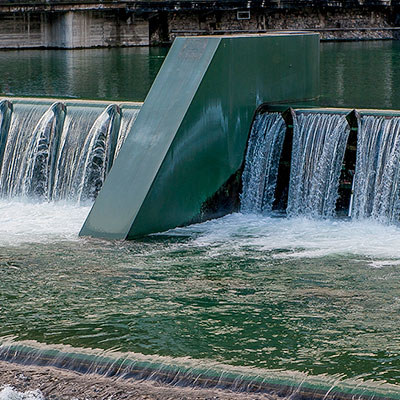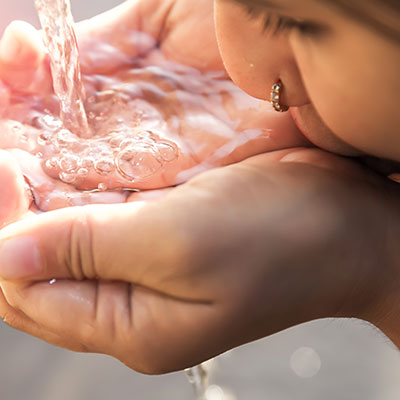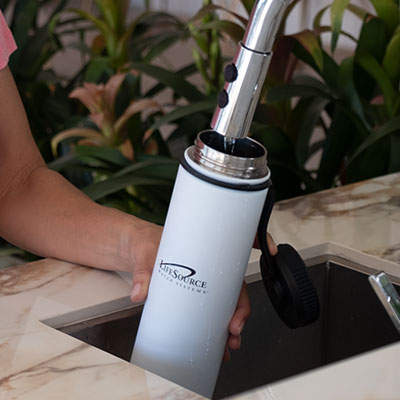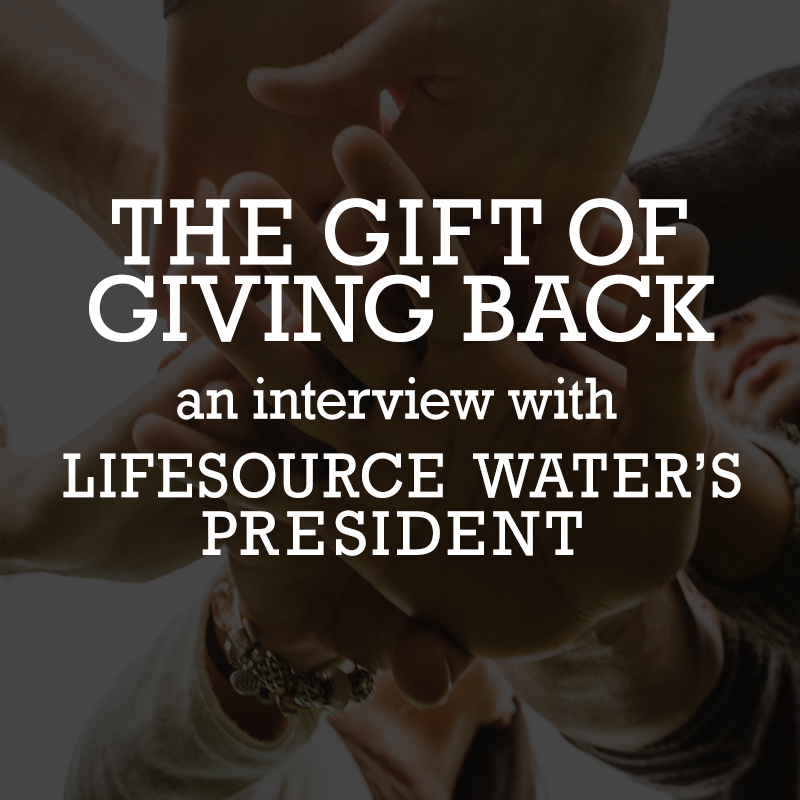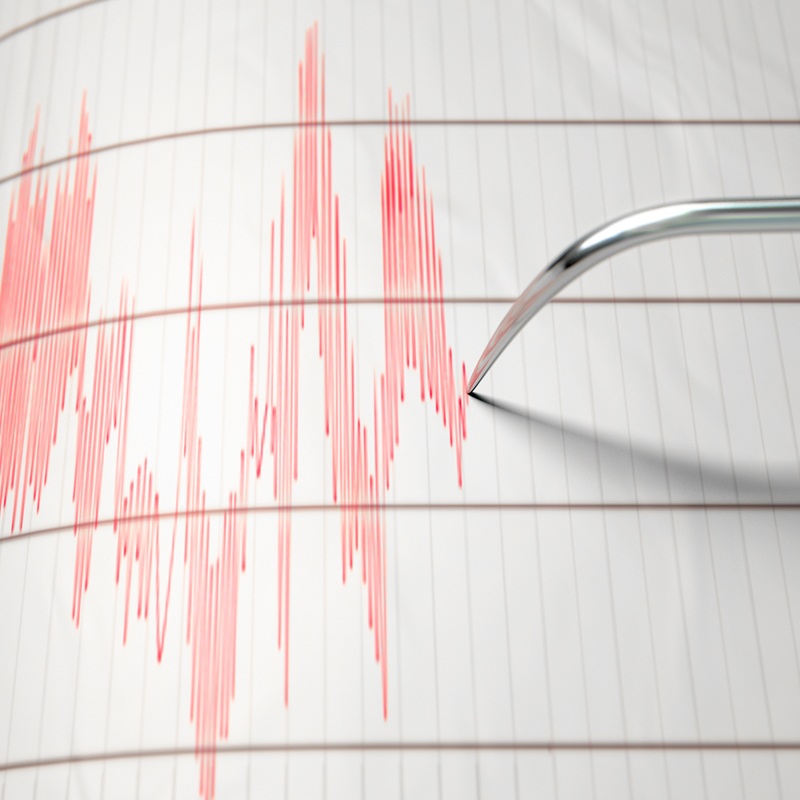
Chlorine & Chloramines in Our Water
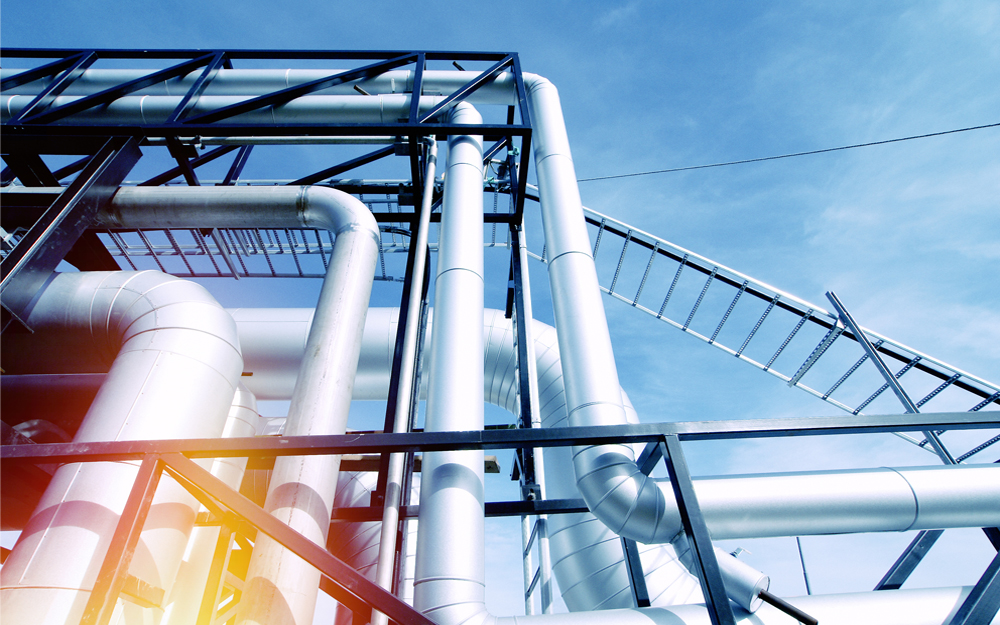
What are Chloramines?
Chloramines are formed when ammonia is mixed in with chlorine. Chloramines do the same job as Chlorine, but with a couple important differences:
1. Chloramines stay in the water longer as it travels through pipes to consumers, ensuring no new contaminants are picked up by the water on its way to our homes.
2. Chloramines don’t taste or smell as bad as chlorine and so are less noticeable by consumers.
The use of Chloramines began with an effort to provide longer-lasting disinfectant in drinking water. Unlike Chlorine, chloramines are more persistent and can last in our water for days. Since Chloramines reduce the taste and smell of chlorine, it was also intended to help tap water compete with the taste of bottled water.
Many treatment facilities use both Chlorine and Chloramines (remember this really means adding Ammonia to Chlorinated water) - which is why Chloramines are considered a secondary disinfectant. More than 1 in 5 Americans are getting tap water treated with Chloramines.
What Are the Effects of Chlorine & Chloramines in our Water?
In addition to tasting and smelling bad, many people believe Chlorine and Chloramines aren’t that great for our bodies. I mean, think about it, Chlorine and Chloramines are dangerous chemicals. Chlorine is a form of bleach!
Then there are the Disinfection By-Products. Disinfection By-Products, or DBPs, are organic, inorganic and chemical material that can form during a reaction of a disinfectant with naturally present matter in the water. This is unavoidable. As water travels from the treatment facility, it comes in contact with city and farm runoff, dirt and even bugs. WHAT? Yeah, so basically even though Chlorine and Chloramines are great disinfectants, they can actually create new harmful substances in our water.
The most well-known DBPs are Trihalomethanes (THM): chloroform, bromodichloromethane, dibromochloromethane, and bromoform. (Try saying that three times fast.) They are known carcinogens. I’m not a doctor, but having known carcinogens in the water I drink every day can’t be good.
All this is to say, while the use of Chlorine and Chloramines as disinfectants is regulated to limit TTHMs (Total Trihalomethanes) to 80 ug/l* (what is considered a safe amount), the fact is that they are chemicals with possible side effects.
This is one major reason we still need to filter our water!
Another good reason for filtering the chlorine and chloramines out of our water is that Chloramines are super corrosive to copper pipes and rubber/plastic fittings in fixtures and appliances. (Keep an eye peeled for a future blog with more information on the positive affects a whole house water system has on your actual house.)
*ug/l is short for microgram per liter.
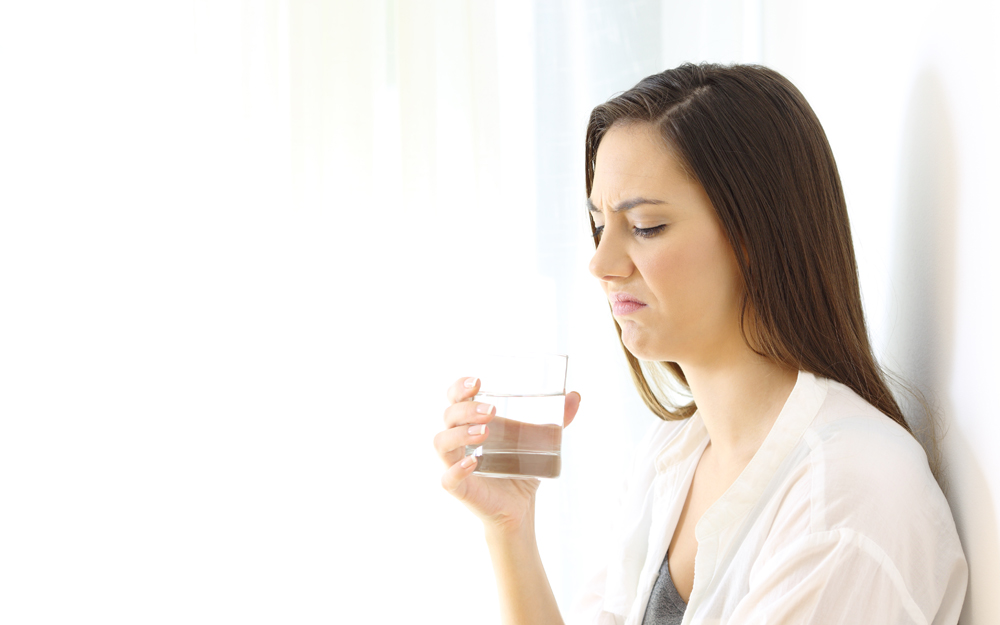
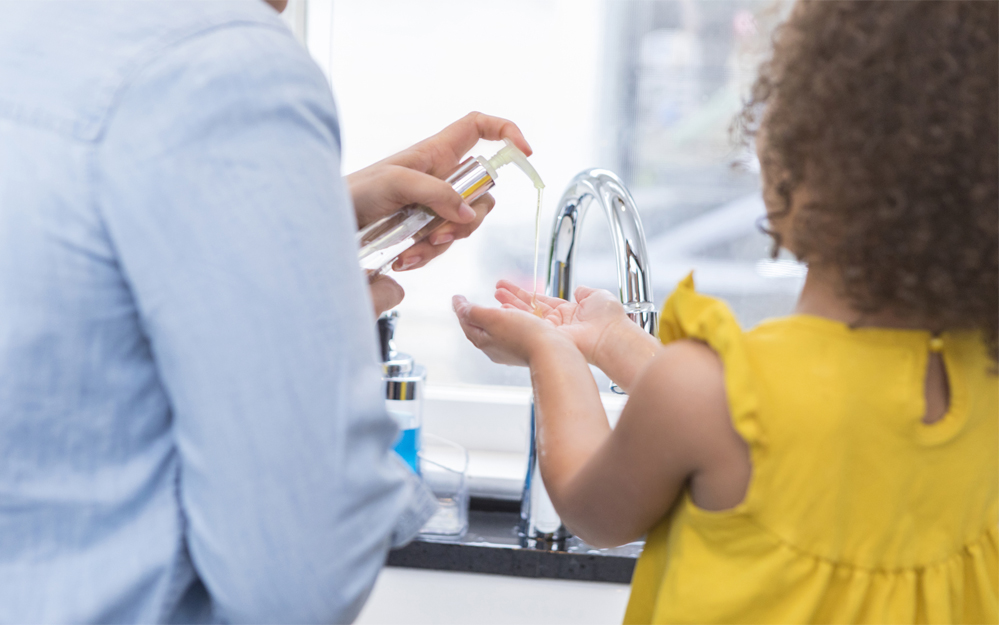
Reducing My Chlorine Intake
Disinfection By-Products (THMs) from the use of Chlorine and Chloramines is prompting more and more people to filter their water at home. Filtering not just the water we drink, but also the water we use for bathing, cleaning and cooking.
Having a whole house water filtration system is the best way to limit your exposure. We don’t just drink water. When we shower our skin absorbs the chemicals present in the water. Those chemicals are also in the shower mist we inhale - if it’s making your skin and hair dry, it’s probably not that great to inhale either.
Currently, the best known solution to reducing THMs, chlorine and chloramines from our tap water is granular activated carbon. (Double check that’s what your water filter is using!) Activated carbon acts kind of like a sponge, soaking up chemicals present in the water.
Remember, the only way to ensure you’re water is chlorine free, is to make sure your filtration system is tested and certified by a NSF/ANSI accredited laboratory. (Check out our LifeSource blog “What does Tested & Certified Actually Mean when it Comes to Water Systems” for more information on filters).
The Take Away
It seems like Chlorine and Chloramines in our tap water will be around for a while. So, filter your water at home! Not only the water you drink, but also the water you use for daily life. Chlorine doesn’t just taste and smell bad, it also affects our skin, hair, laundry and cooking. And while you can’t necessarily taste chloramines, they’re there too. On top of that, Chlorine and Chloramines bring with them a whole list of possibly dangerous THMs.
For system shopping and certifications in one place, start with: Best Whole House Water Filters.
Why do some cities use chloramines instead of chlorine?
Many water systems use chloramines as a secondary disinfectant because it can persist longer in distribution lines and may reduce taste or odor compared with free chlorine.
Can chlorine and chloramines create byproducts in drinking water?
When these disinfectants react with naturally occurring material, they can form disinfection byproducts (DBPs), such as trihalomethanes (THMs). Levels and types can vary by source water and treatment approach.
Could chloramines impact home plumbing or fixtures?
Over time, chloramines may contribute to corrosion in certain materials (for example, copper pipes and some rubber or plastic components), which could lead to wear or leaks depending on water chemistry and plumbing.
What filtration methods may help reduce chlorine and chloramines at home?
Whole-house or point-of-use systems that use granular activated carbon can help reduce chlorine, chloramines, and related DBPs, depending on media quality and contact time. Many homeowners consider products tested and certified to relevant NSF/ANSI standards.

